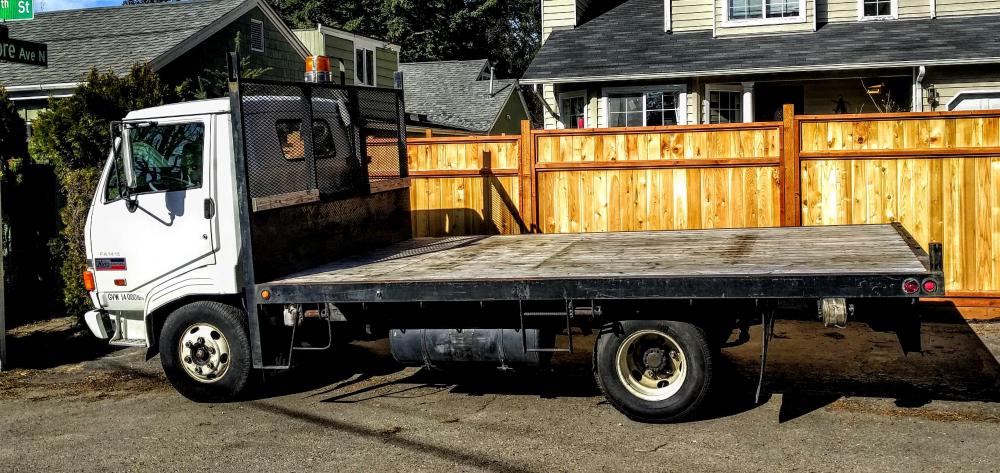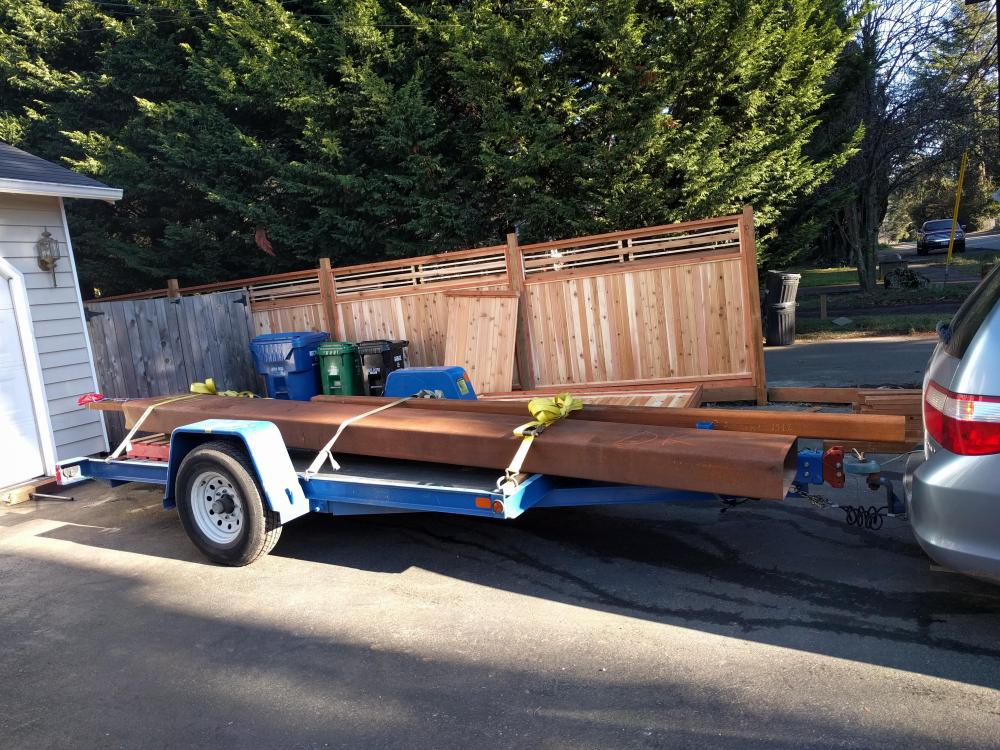
shrike
-
Posts
15 -
Joined
-
Last visited
Content Type
Profiles
Forums
Articles
Gallery
Downloads
Events
Posts posted by shrike
-
-
Frosty, we never told you to clip it *there*.
-
You might want to pick up "the skills of a blacksmith" by Mark Aspery. He's a bit more directive on the true fundamentals of moving metal than YouTube is.
Tldr; no one teaches begginers to reduce square stock square. The order is square, octagon, round, square. Then you move to square octagon, square if you're sneaky.
-
I own one of the 4 that he made.
I am quite happy with the performance.
If it were my time, and I wanted a London or German pattern anvil, I think I would buy a cast steel anvil new.
The exception being, if you want a custom size, shape or otherwise can't get a commercial casting it does work.
The finish was done with an angle grinder freehand. If you try this, I suggest finding a surface grinder to put the final flat on it.
-
The wife was real clear when I suggested a forklift would be handy.
I won't be getting one anytime soon.
-
-
Another problem with tongs as a beginner project is that there are specific tricks to tongs that are the sum of many skills.
If you are working on your own I highly recommend Mark Asperys book number one. He goes though the very basics, step by step. Much better than any other books or videos I can remember.
-
What I have done, is to put the anvil immediately inside the roll up door. The forge is on wheels, and rolls outside for venting, I stand between the two half in and half out of the building.
Maybe that helps?
-
If you have the room to do it, drop it to three wheels. I just went through this recently. Once I got three tracking, adding the fourth was possible. With all four I just couldn't keep it running long enough to adjust things.
-
-
Thanks for all the feedback. I'll keep the hammer weight down.
I have lots of steel for the anvil, but I think that's a *good* thing.
-
I'm working from Clay Spencer's tire hammer plans, but am considering a larger hammer and anvil. The Anvil is easy, more is better, demensions don't change much.
The feedback I've gotten from Clay is that he thinks 65lbs will work without change and that 90lbs won't.
Has anyone got first hand experience increasing the hammer / Tup weight? What did you have to change to make it work well?
-
I'm starting a tire hammer build.
Torbjörn åhman shows what he named an abno power hammer, where the top die slips inside a socket in the tup, and the force looks like it is transferred via the collar of the die.
I think this is similar to some folks' flypress tooling as well.
I can't think why this is a better system than bolt on, but it seems so elegant I'm drawn to it.
Thoughts?
-
Ehli auctions in Tacoma has some steel right now.
They have a lovely piece that's about 1500lbs but moving it will be a chore, and on a weekday.
It's lot 401 on the month end auction.
-
Alternately, has anyone built a forget with two smaller burners, two gas valves, and probably can share the fan. Run them both for welding, and just one for heat treat, etc.?
Or, change the fan valve to divert to a cooling jacket around the plenum?


What did you do in the shop today?
in Blacksmithing, General Discussion
Posted
Das, that looks great!
I've a 6 year old, and I'm not sure the swing set is over built. He has learned all sorts of tricks and my wife and I just close our eyes and hope.